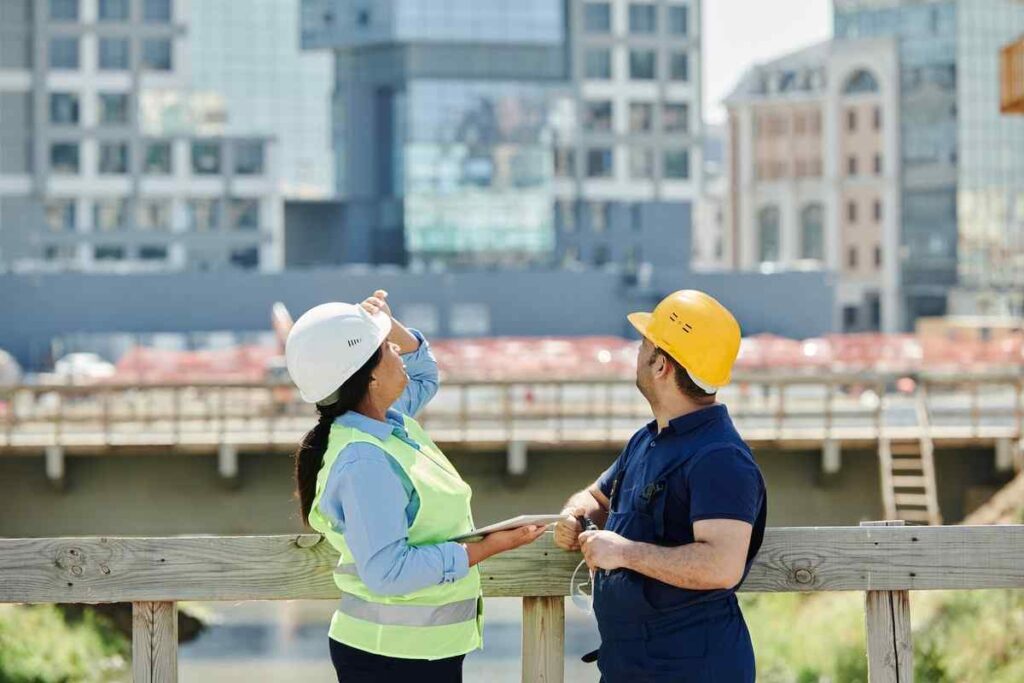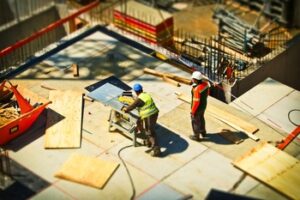
Building Excellence: The Role of Fabrication in Construction
The construction industry has witnessed a revolution in recent years, and at the heart of this transformation lies the practice of fabrication. Fabrication in construction is no longer just a support function; it’s a critical element that drives efficiency, precision, and innovation. In this comprehensive guide, we will explore the pivotal role of fabrication in construction, its various applications, and how it’s reshaping the industry.
What Is Fabrication in Construction?
Fabrication in construction refers to the process of creating building components or structures by assembling, cutting, shaping, and welding various materials, often in a controlled environment away from the construction site. This pre-fabrication approach allows for greater precision and efficiency.

Why Is Fabrication Important in Construction?
- Efficiency and Speed: Fabrication accelerates construction projects, reducing timelines significantly.
- Precision and Quality: The controlled environment of a fabrication facility ensures precise measurements and high-quality components.
- Cost Reduction: Efficient use of materials and reduced on-site labor can lead to cost savings.
- Safety: Fewer on-site activities mean fewer safety risks for workers.
- Sustainability: Fabrication can reduce waste and energy consumption, making it a more environmentally friendly option.
Applications of Fabrication in Construction
- Structural Components:
- Pre-fabricated beams, columns, and trusses.
- Structural steel and concrete components.
- Modular construction for buildings.
- Exterior Cladding and Façades:
- Pre-fabricated curtain walls.
- Cladding panels and architectural elements.
- Interior Fit-Out:
- Pre-fabricated wall systems.
- Modular kitchens and bathrooms.
- Raised flooring and partitions.
- Piping and Mechanical Systems:
- Pre-fabricated plumbing and HVAC systems.
- Ductwork and piping assemblies.
- Architectural Features:
- Customized pre-fabricated staircases.
- Decorative panels and features.
- Artistic installations.
The Process of Fabrication in Construction
1. Design and Planning
- The project’s design and requirements are translated into detailed plans for fabrication.
2. Material Procurement
- The necessary materials, including steel, concrete, glass, and more, are sourced.
3. Fabrication
- Components are manufactured in a controlled environment using cutting, shaping, and welding techniques.
4. Quality Control
- Rigorous quality checks are conducted to ensure that fabricated components meet the required standards.
5. Transportation
- The pre-fabricated components are transported to the construction site.
6. Assembly
- On-site workers assemble and install the fabricated components.
Advanced Strategies in Fabrication
- Digital Fabrication: The integration of technologies like 3D printing and CNC machining to create complex and customized components.
- Building Information Modeling (BIM): BIM software helps in the seamless design, planning, and communication between the design and fabrication teams.
- Lean Construction: Implementing lean principles to eliminate waste and optimize the fabrication process further.
- Off-Site Construction: Prefabricating entire building modules off-site and transporting them to the construction site for assembly.
- Sustainability and Recycling: The use of eco-friendly materials and recycling processes in the fabrication of components.

Challenges in Fabrication in Construction
- Design Complexity: Fabricating intricate and custom components can be challenging.
- Transportation and Logistics: Moving large, heavy pre-fabricated elements to the construction site can be complex.
- Standardization: Balancing customization with standardization for efficiency and cost-effectiveness.
Conclusion
Fabrication in construction is a transformative force, reshaping the industry’s landscape. With the potential for speed, precision, cost reduction, and sustainability, it’s no wonder that more construction projects are adopting pre-fabrication methods. Embrace the power of fabrication in construction with fabrication and welding courses, explore advanced strategies, and overcome the associated challenges to build a future where innovation and efficiency coexist, delivering excellence in every structure.